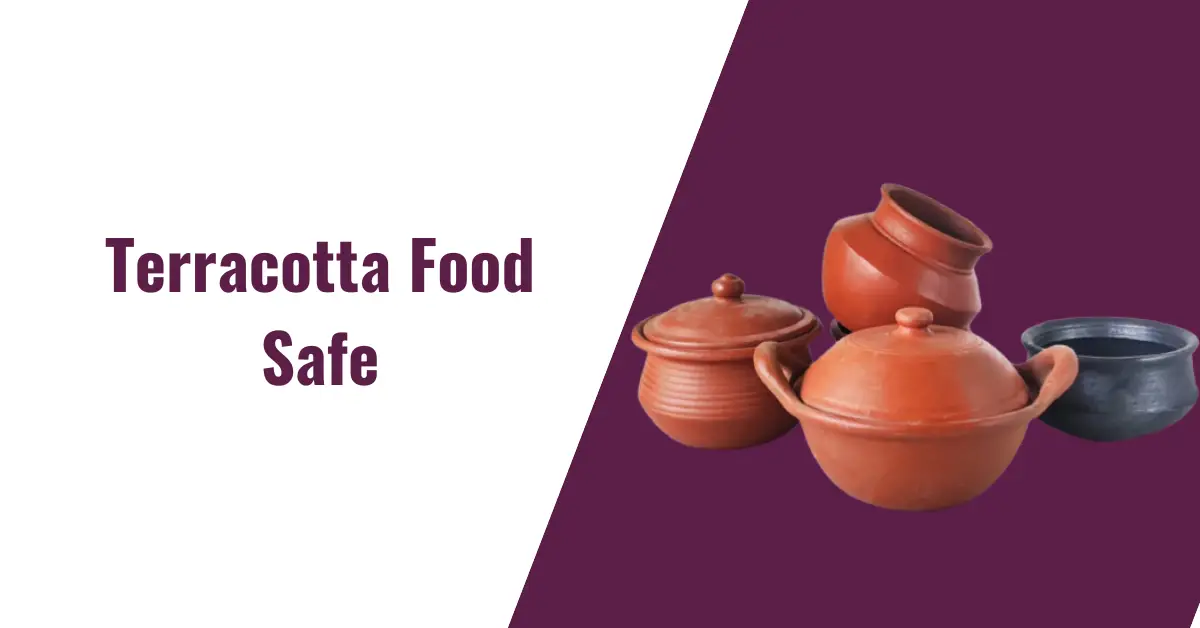Is Terracotta Food Safe? Yes, terracotta is food safe because terracotta is made of fired clay which is considered food safe. Plus properly made terra cotta is non-toxic. Terracotta cookware is very eco-friendly and can retain moisture and makes the food aromatic.
Do you want to cook like a pro but don’t want to spend a fortune on quality cookware? If so, you should consider using terracotta cookware. Terracotta is a type of pottery that is popular in Italy.
It’s made from soft, durable clay that’s easy to clean and doesn’t rust. Plus, it can be used for many different types of cooking.
So if you’re looking for a set of quality cookware that won’t break the bank, consider using terracotta instead.
What is terracotta?
Terracotta is a brownish-red clay that has been baked and is used for making things such as flower pots, small statues, and tiles.
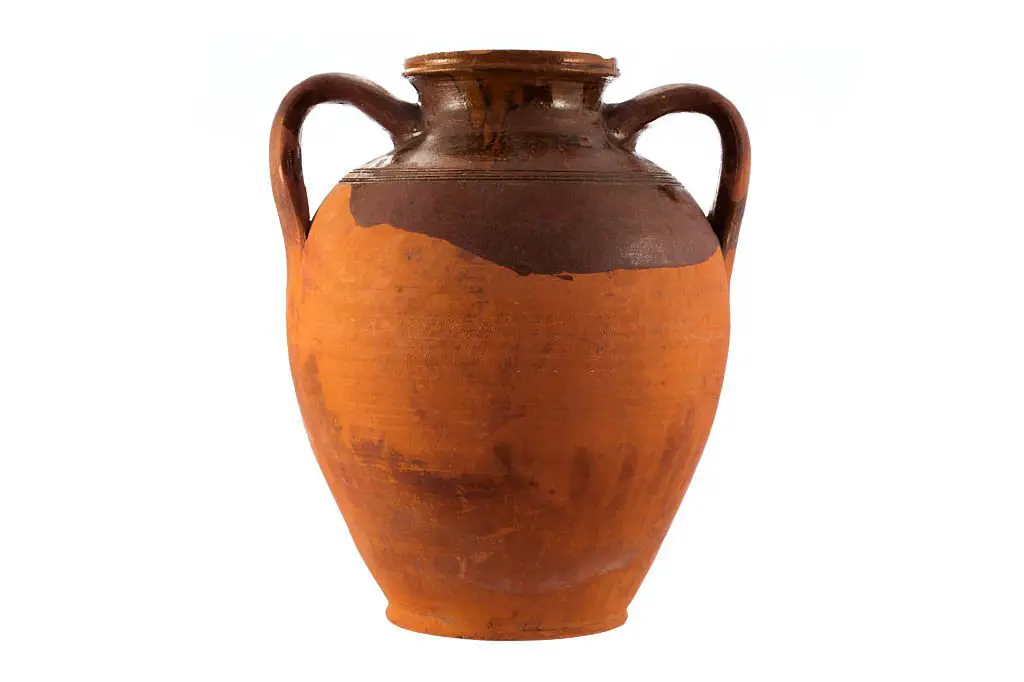
Terracotta is a type of fired clay traditionally used in Italy to make pottery. It’s made from soft, durable clay and can be used for many different types of cooking.
Many people prefer terracotta because it’s easy to clean and don’t rust. Plus, it can be used for so many different styles of cooking.
Is terracotta food safe to use?
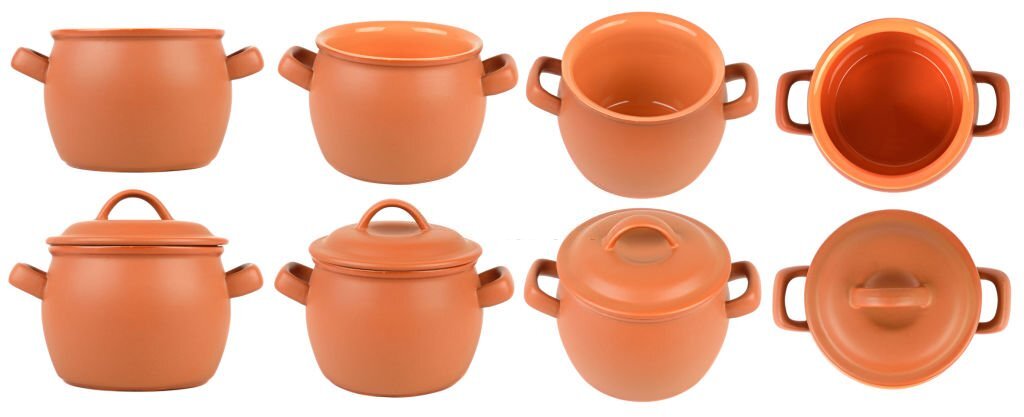
Yes, terracotta cookware is safe to use. But every cookware has some downsides. The same goes for terracotta. Let’s take a look at whether terracotta cookware is safe or not.
Safe Aspects
- Made of fired clay which is considered food safe.
- There are no toxic chemicals.
- It has 50 Year Frost Proof Guarantee.
- It is eco-friendly and safe to use on all kitchen appliances.
- It can be used with all types of foods.
- It can go on direct heat.
- Scratch-resistant. You can use any type of cooking utensil on it.
- Terracotta pots and pans are oven-safe.
- Heat retains well.
- Slow-cooking cookware is ideal for those who want to enjoy a delicious and nutritious meal
Unsafe Aspects
- This cookware has impurities, iron oxide, and traces of metal. Some of these materials can be harmful to your health.
- The price is a little bit high.
- If you don’t take care of the temperature, your pot may crack during cooking.
- Shouldn’t clean a clay pot using a detergent.
Terracotta is one of the oldest pottery materials and is still used today in many ways. Some people believe that terracotta is safe to use, while others believe that it might be harmful.
Final Verdict
Terracotta cookware is a good choice for your kitchen as it cuts down on oil consumption which is very good for the heart and adds an earthly flavor and aroma to your dish. It is also very pocket-friendly which makes it perfect for small kitchens or apartments.
Why are terracotta pots bad?
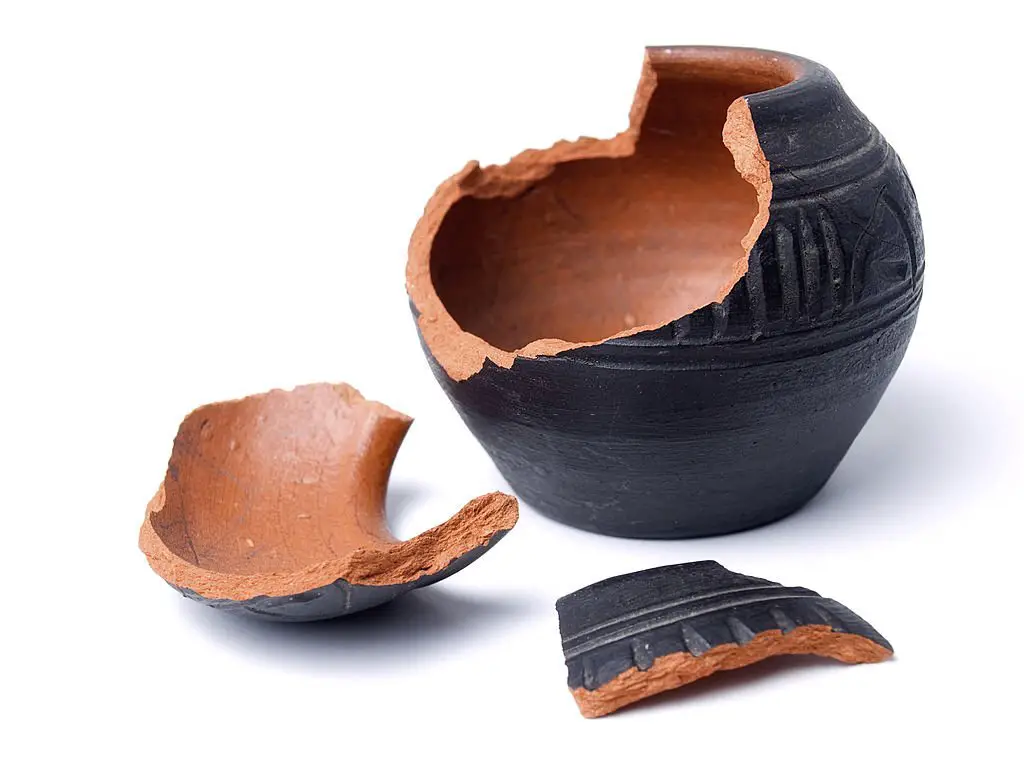
Terra cotta pots are heavy and breakable, but they also look very classic. The downsides to this material are that it is heavy and can be breakable in cold weather; if water remains in the pot during freezing weather, it can crack.
The issue with using a cotta pot is that it can break easily if not used properly. In addition, the clay doesn’t burn or sear when cooking, so you can’t use it on high heat or as a griddle. Instead, it needs to be heated slowly.
Terracotta pots are fragile and may crack when they’re dropped while being handled. To prevent this and keep your cookware in good condition, it’s recommended that you store them carefully.
Finally, terra cotta pots don’t conduct heat very well, so they don’t work well on top of electric stoves or other cooking equipment with heating elements.
If you want to use them on those types of devices, you’ll need to place them on a low-heat setting instead of using one that heats up rapidly as a wok or sauté pan does.
Does terracotta contain lead?
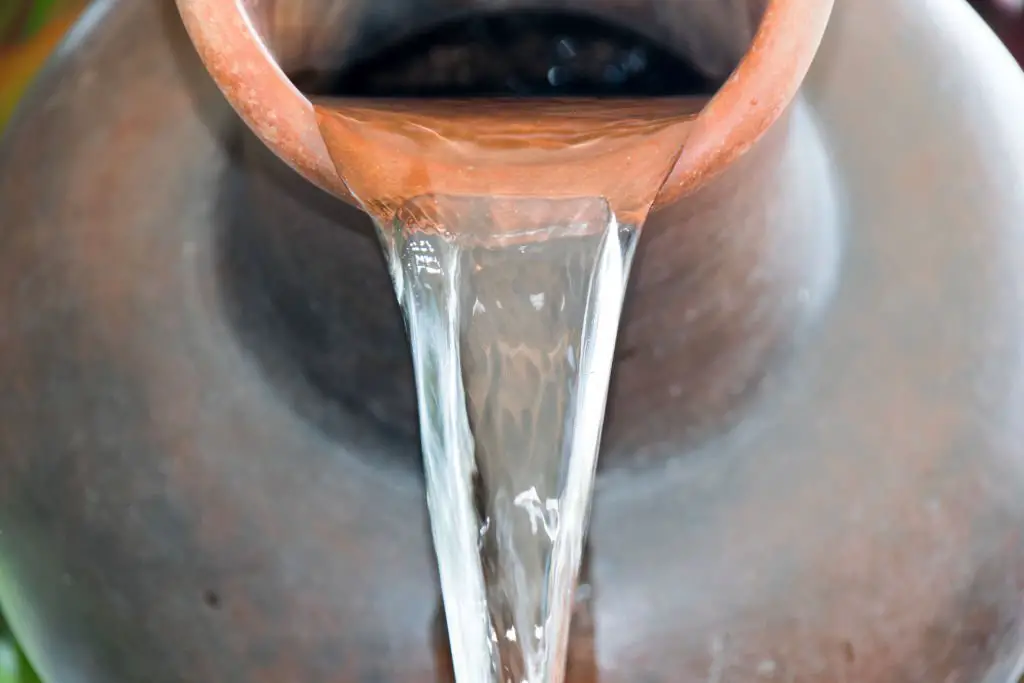
Yes, terra cotta contains lead. However, the lead levels are lower than in some other types of cookware. Therefore, it is safe to use when taking proper steps to avoid exposure.
The biggest concern with terracotta is that it can retain a lot of water, and this can cause corrosion. But if you keep your cookware clean and dry, then it shouldn’t be a problem.
Are terracotta pots suitable for herbs?
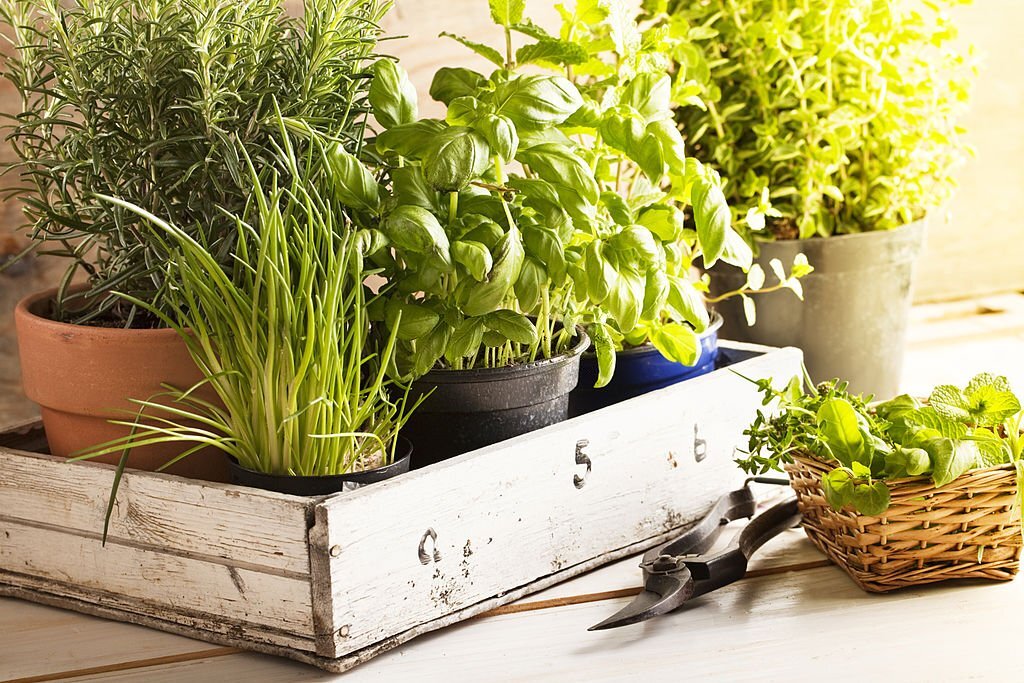
Yes, terracotta pots are excellent for herbs. They can also be used for cooking rice or pasta. As long as you don’t cook acidic foods like tomatoes, a terracotta pot will last a very long time.
If you want to cook with herbs, terracotta pots are a great option. The porous material allows the herbs to soak up flavor and moisture, which means they won’t spoil. Plus, the shape of a terracotta pot makes it an ideal vessel for cooking many different types of vegetables and fruits.
Are Terracotta pots good for basil?
Terra cotta pots are a healthy and sustainable way to provide a healthy environment for herbs like basil. Unglazed terra cotta is porous, so it holds some water and maintains moisture in the soil.
Terracotta is a type of pottery that is popular in Italy. It’s made from soft, durable clay that’s easy to clean and doesn’t rust. Plus, it can be used for many different types of cooking. So if you’re looking for a set of quality cookware that won’t break the bank, consider using terracotta instead.
Can you put terracotta pots in the dishwasher?
You can put terracotta pots in the dishwasher, but you should always be careful when washing them. To avoid damaging your cookware, make sure not to use abrasive cleaners or scouring pads on them. Instead, if they come into contact with a harsh surface, use a soft cloth to remove any stains.
Additionally, don’t forget to sanitize your cookware after using raw ingredients like chicken or beef. It would help if you also considered putting them on the top rack of the dishwasher because the bottom shelf can warp their shape and cause damage.
Can you leave terracotta pots outside in winter?
Terracotta or clay pots cannot be stored outdoors. Since they are porous and retain some moisture, they will crack if frozen and expanded several times over the course of the winter.
Since terracotta is a type of pottery, it’s not advisable to leave it outside in the winter. Terracotta pots can be used on a stovetop or in an oven. So if you live in a cold climate, you shouldn’t use terracotta as your primary cookware either.
Why should you use terracotta cookware?
Terracotta is porous, which allows air and water to move through the walls. This helps prevent soil disease and root rot. Terracotta pots can be used for indoor plants and outdoor container gardening.
In addition to being sturdy and easy to clean, terracotta cookware is an excellent alternative because it’s affordable. It also can be used for many different types of cooking.
Terracotta cookware is made from soft, durable clay that doesn’t rust or chip. Plus, it’s easy to clean! And it’s inexpensive.
Terracotta cookware is a perfect choice for saving money on quality pots and pans without sacrificing quality and taste.
If you’re looking for something affordable and stylish, then terracotta cookware may be the answer for you.
What are the benefits of using terracotta cookware?
Are you considering using terracotta cookware? If so, you might be wondering what the benefits are. Here are a few:
1. Terracotta is made of natural materials. This means that it doesn’t release any toxins or heavy metals when cooked, which is perfect for health-conscious cooks.
2. Terracotta is heat resistant and easy to clean. You can use it in the oven, microwave, or stovetop without any problems.
3. It’s also made from sustainable materials, meaning that it won’t damage your environment or hurt the environment in any way.
4. Finally, terracotta is a very durable material, meaning that it will last for many years without breaking down.
As a type of pottery, terracotta is clay cookware. It’s easy to clean and doesn’t rust, so it looks as good on the inside as it does outside.
Terracotta also has many different uses for cooking. You can use it for oven- or stovetop-cooking, steaming, grilling or boiling, frying, and braising.
Additionally, this popular cookware is affordable and readily available in stores. So if you want to save money by sticking with something that will last for years to come and still be easy to use for all your different cooking needs, consider going with terracotta.
What makes terracotta cookware different from other cookware?
There are some things to make it different from other cookware. These are: It uses less oil and needs a lighter method to cook food. Furthermore, so-called “doubling up” or increased use of flavors can be prevented because the nutrients in food don’t get lost when using a terracotta pot.
Terracotta is a type of pottery that is popular in Italy. It’s made from soft, durable clay that’s easy to clean and doesn’t rust. Plus, it can be used for many different types of cooking.
There are many benefits to using terracotta cookware over other kinds of cookware. This includes its ease of cleaning, durability, and affordability. Also, if you want a one-pot dish without using multiple pots or pans, you can pour the food into the center of the dish and let it cook in its juices.
There is no need to worry about transferring anything in between pots or pans with terracotta! For example, if you wanted to make risotto but didn’t have a large enough pan on hand, you could make it all at once in the middle of one pot and let it simmer away! If you’re looking for something unique and different from what’s been available before, this might be your answer.
How to care for your terracotta cookware
Wiping off dirt, scouring the pot with a green scouring pad, airing it out, and letting it sit in the sun- these are all steps you can take to clean and improve an empty plant pot. The water and vinegar will help remove any built-up dirt, mud, or fungus.
- First, make sure the ware is stored in a cool, dry place.
- Second, do not use any harsh chemicals or cleaning chemicals on your cookware.
- Third, do not leave your cookware unattended for long periods of time.
- Finally, make sure to regularly clean the interior and exterior of the cookware.
If the cookware is not properly cleaned, bacteria can grow and cause bacteria in food dishes. Bacteria cause sourness, bad odor, and a cloudy appearance in food. If this happens, it means that the pot has been used before and may have some bacteria on it which will affect its durability.
If you’ve ever cooked with terracotta cookware, you know that it can be difficult to clean. And if you’re like most people, you probably don’t have the time or energy to take care of it yourself.
From cleaning it regularly to seasoning it, we’ve got everything you need to make sure your cookware is functioning perfectly and looking great.
After years of using traditional cookware, you may be wondering what new options are available to you when it comes to caring for your terracotta cookware.
After all, most cookware is dishwasher-safe and can last up to 10 years without having to be replaced. However, there are a few things you should keep in mind when caring for your terracotta cookware.
How do you sanitize terracotta pots?
Terracotta cookware is easy to clean and doesn’t rust, making it a popular option for people who want quality at a great price. But these qualities come with a slight downside: terra cotta can be porous and easily absorbable foods like oil and grease. So to avoid cross-contamination, you should sanitize your pot every time you use it. Here are three ways to do so.
1) Fill the bottom of the terracotta pot with water, then add 1/4 cup of bleach to the mixture and stir until the bleach is dissolved
2) Fill the bottom of the pot with boiling water and add 1/8 cup of baking soda to it, then stir until all of the baking soda has dissolved
3) Add 1/2 cup of vinegar or lemon juice to 2 cups of hot water, then pour into the pot
How do you keep terracotta pots from flaking?
If you want to make sure your terracotta pots last a long time, using high-quality pots is essential. You can avoid flaking by using a cookware cleaner before each use. This will keep the pot from becoming too dry and cracking. For example, if you use olive oil or butter on your terracotta pot, you don’t need to worry about that residue coating the bottom of the pot.
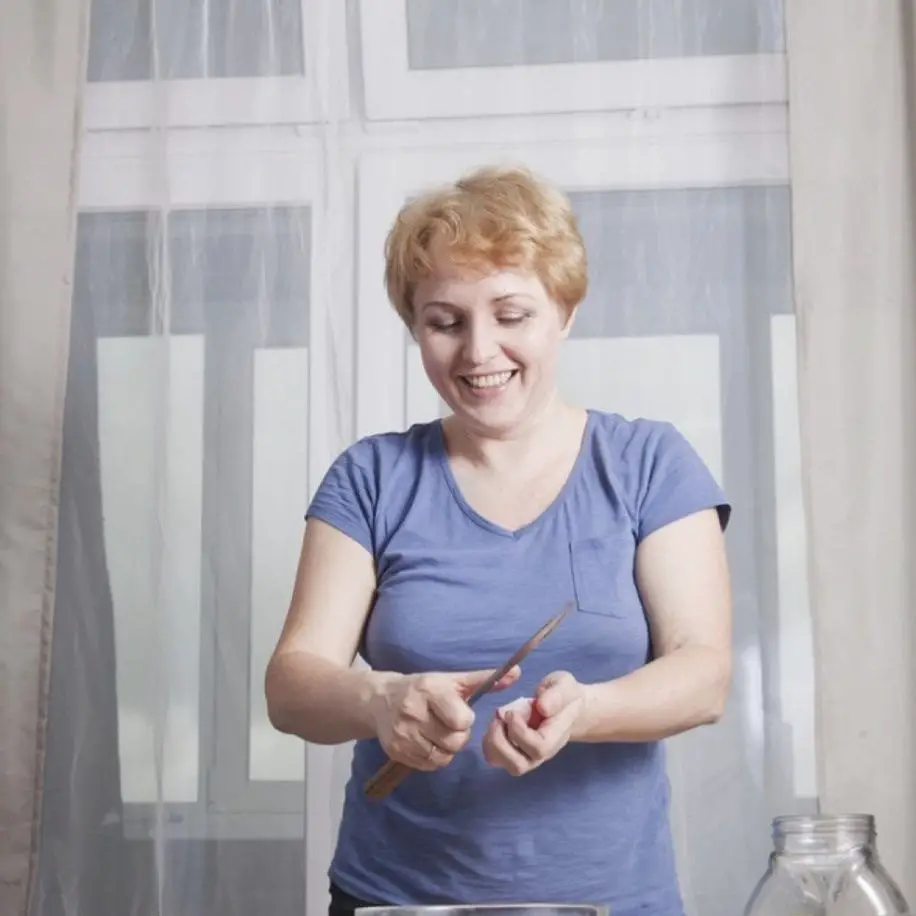
I am Linda. A housewife and a writer, and also the founder of this site. I love cooking and collecting cookware sets. I’ve been blogging since 2020, and in this blog, you can find cookware-related problems and solutions, cookware reviews, safe cookware sets, and more.
I have put a lot of effort into gathering here the experience and knowledge that I have, and I want to help every reader.

